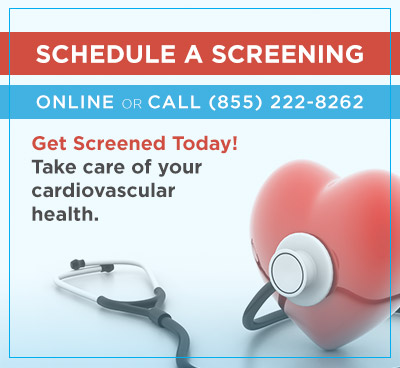What is cardioversion?
If you’ve suffered from a fast or irregular heartbeat, called an arrhythmia, cardioversion is a medical procedure designed to restore a normal heartbeat. An arrhythmia can prevent your heart from pumping enough blood to your body, and it can also increase your risk of stroke, heart attack, and sudden cardiac arrest. You may be suffering from an arrhythmia if you experience symptoms like dizziness, shortness of breath, extreme fatigue, and chest discomfort.
What is cardioversion used for?
Your heart contains an internal electrical system that controls the rate and rhythm of your heartbeat. With each heartbeat, an electrical signal moves from the top of your heart to the bottom, causing your heart to contract and pump blood. This process repeats with each new heartbeat. Any interruption of this process can cause an arrhythmia, where your heart might beat too fast, too slow, or irregularly. Cardioversion corrects fast or irregular heartbeats by giving your heart a very mild electrical shock to reset a normal rhythm.
Cardioversion procedure
Prior to the procedure, your doctor may prescribe anticoagulants, which help prevent blood clots from forming, depending on your particular circumstance. Also be sure to let your doctor know if you are taking any medications — either over-the-counter or prescription — as well as herbs or other supplements. Cardioversions are typically an outpatient procedure, but an overnight hospital stay for observation may be necessary. Refrain from eating or drinking for eight to 12 hours before the appointment.
As the procedure begins, a heart monitor will be attached to record your heartbeat, you’ll be given a sedative through an intravenous (IV) line in your arm, and oxygen will be provided through a tube in your nose. Your doctor will then give a very brief, mild electric shock using two pads. Once the heart monitor indicates normal rhythm has been restored, the cardioversion will be complete.
Cardioversion is not the same as defibrillation. While both involve shocking your heart, defibrillation is designed to give strong shocks to treat very irregular and severe arrhythmias or to make a stopped heart start beating again, such as after cardiac arrest. It’s normal for the skin on your chest to feel tender, similar to sunburn. Rest for a couple of days and take any medication prescribed by your doctor.
After cardioversion
After the procedure is finished, your recovery should be monitored. Do not drive any vehicle or machinery for a full 24 hours after the procedure. Periodically take and keep a record of your pulse, and call your physician immediately if an irregular or fast heartbeat develops or you feel lightheaded or faint. There are side effects, and you should call 911 if you experience chest pain or shortness of breath.


